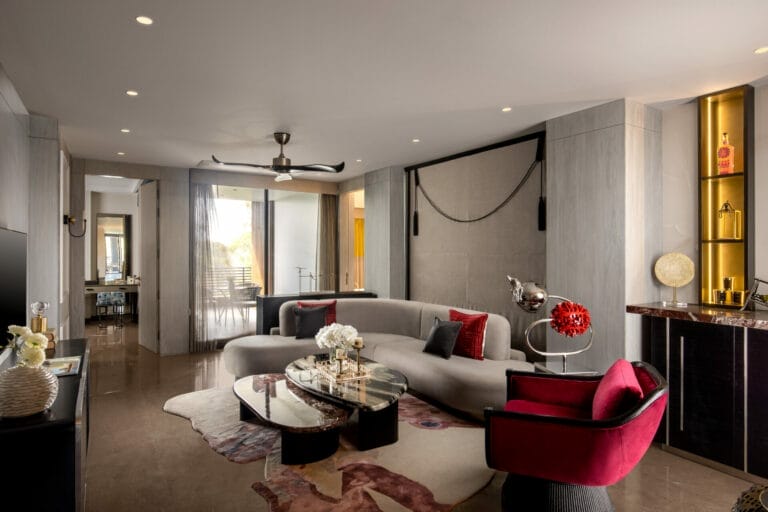
Bihar Museum is a competition entry that is designed in collaboration with Snohetta to house the invaluable historic artifacts kept in the erstwhile Patna Museum. The competition was floated by the government in 2011 to design an iconic museum on a site located in the capital of India’s ancient Magadha empire Pataliputra. It highlights the importance of museums in a contemporary setting and provides a vibrant public space for the city. The museum design will focus on the contribution of the Magadha empire and the entire region of Bihar towards the evolution of history and civilization.

Many Design workshops were conducted between both studios in Osho and in Delhi to brainstorm ideas and add creative value to the process and outcome. Both the studios brought local and global perspectives to the discussions and interactions were conducted with many educational and cultural leaders including artist-educationist Anunaya Chaubey and renowned artist Subodh Gupta.
Anatomy Of The Site:

The site is located on an important street front in Patna, and its location and shape allow for a horizontal museum architecture. Bihar is the first republic and first democracy in Indian history and the museum is a perfect built form to celebrate that democracy through a public space. The site is situated along the periphery of the Ganga river and acts as a gathering space during functions and festivals. The inner spaces consist of courts and galleries tucked under an existing tree cover on the site. The name Bihar is a combination of ‘Bahar’ which means the resurgence of spring and ‘Vihar’ which means an abode in nature and the project is the amalgamation of both.

The technicalities and materiality lost in time are revitalized through red terracotta tile cladding and the innovative use of old building techniques. The design is visually interconnected and configured well for optimum public interaction. The design is a shifting of outward and inward spaces shuffling from different sections of traditional to the public to private space and merging with the natural lush green environment and urban sphere.

Meet the Architect:
The project is designed by Spacematters studio. The leading ladies contributing to the design of the Bihar museum are Architect Amritha Ballal and Architect Moulshri Joshi. Architect Amritha Ballal is an architect and urban planner who apart from being the founding partner at Spacematters, is a professor at the School of Planning and Architecture, New Delhi. She is the co-editor of the international Publication- ‘Bhopal 2011-Landscapes of memory’ discussing Spatial memory through the union carbide tragedy site in Bhopal. She was shortlisted as an emerging woman architect in the annual International edition of Architecture Journal, the UK in 2013. She was nominated for Rolex Arts Foundation mentor-protege Initiative in 2014.

Architect Moulshri Joshi is an architect, founding partner at Spacematters, and representative of The International Committee for Conservation of Industrial Heritage(TICCIH) in India. She has been a professor at the School of Planning and Architecture, New Delhi for ten years. She is a core member of the modern Asian Architecture Network(mAAN) and lectured about the problematic notion of industrial heritage in India. One of her recent projects is ‘The Tenth Delhi’ which is based on contemporary urban development in the Capital. She is the mind behind research projects on space matters and enhancing the architectural research sector at the firm through different initiatives in India and abroad.

Project Name: Bihar Museum
Architect Name: Amritha Ballal, Moulshri Joshi
Architect Firm Name: Spacematters
Source Link – Spacematters
Image Credits: Spacematters






















